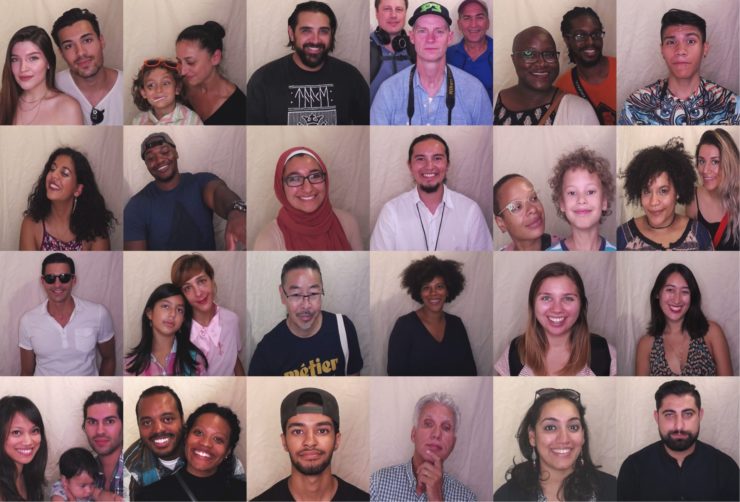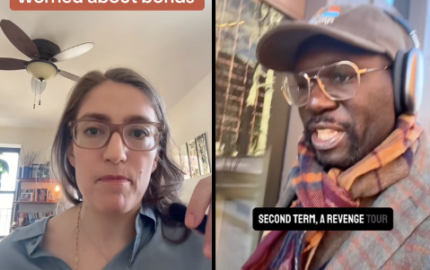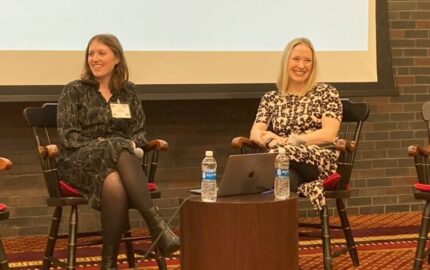When Mexican director Guillermo del Toro won his best directing Oscar recently for “Shape of Water,” he said: “I am an immigrant. The greatest thing our art does is to erase the lines in the sand. We should continue doing that when the world tells us to make them deeper.”
Del Toro’s win says a lot about immigration and the fact that many who are surviving and thriving in America today come from other places. It brought me back to a warm night last September, as I walked under the glistening water along the Brooklyn Bridge to Photoville, considered to be the “largest festival of photojournalism in New York City.” I passed through a visual labyrinth of upcycled shipping containers, each repurposed as independent mini galleries. Some displays had videos on loop or neon lights, but I was drawn to a nostalgic arrangement, a collage of photos like the ones we used to get at the 1-hour-photo place.
Faces of people of every color and size were plastered on there like a wallpaper, some smiling, some not. People went in who looked very different from one another, and I overheard them speaking at least half a dozen different languages. I was intrigued and went in. The space was labeled Newest Americans.
It's "an incredible mosaic of human migration, resilience and cross-pollination. It is a celebration of the complex factors that brought us together at this moment in this place."
I was immediately asked if I wanted to record my story — about how I came to be an American by way of Saudi Arabia. I put on a set of headphones behind a tiny curtain and answered the questions on the screen. My photo was then taken and printed instantly. My face was added to the wall, a tiny square in a large sea of faces, just like my reality in New York City.
Apparently, I wasn’t the only one drawn to the space. Over the 10 days of the event, more than 500 people recorded their stories and had their photo taken at the “Arrivals Booth.” The website for Newest Americans says that the “result is in an incredible mosaic of human migration, resilience and cross-pollination. It is a celebration of the complex factors that brought us together at this moment in this place. What could be more salient at a time when our nation is debating what it means to be American and who deserves to claim that mantle?” Donald Trump had been elected president, and conversations swirling around identity and “us vs. them” were filling the news cycle and our social media feeds.
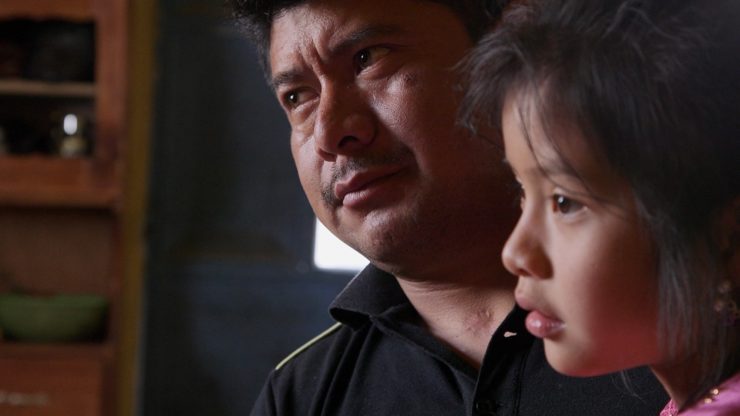
Still going strong today, Newest Americans is a self-proclaimed “collaboratory” —a collaborative laboratory — led by journalists, citizen journalists, artists, academics and regular people who want to share where they came from to figure out where we are going as a nation.
The website is sort of like a multimedia space where slices of life are dished out. When you enter the site, you click on an image and it takes you to a story told in the words of the immigrant. It is a curated stream of video clips and images with detailed captions, each documenting a person navigating their experience in America. The plan is to incorporate this sort of platform into the academic system and introduce courses that teach this kind of storytelling into classrooms and beyond.
It is produced by the Center for Migration and the Global City, and faculty in the Department of Arts, Culture and Media at Rutgers University-Newark in New Jersey, in partnership with VII Photo (made of professional photojournalists) and Talking Eyes Media (a documentary production company).
Rachel Dennis, associate media director of Newest Americans, was the one who greeted me at the booth that fall day. She told me recently that not all the people who ventured into the space knew where they came from originally. She said her own family had been in the U.S. “for generations” and only knew that her roots were “mostly from Europe” but she didn’t know where her family immigrated from or why. “I’m just super white,” she said with a laugh. But the project has ignited her interest in knowing more about all of our origins and how we all came to be the country we are today.
“Trump is always talking about America First and Make America Great Again, and America was built by immigrants. I think we are much less great the less we are welcoming to people,” she said. “I understand the need for safety or security, but I don’t think that means that our attitude has to be one of discrimination or fear.”
Julie Winokur, the media director of Newest Americans, co-founded the initiative years before Trump’s election. When I asked Winokur how she had the foresight to know that this would be a trending topic today, she said:
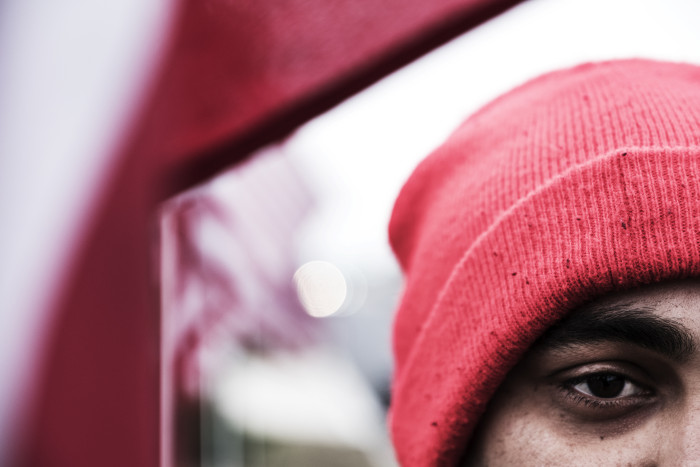
“First of all, it’s not just an issue now, it’s been an issue for decades. It didn’t take a crystal ball to find out what would happen in 2018. … I think it’s one of those things that’s been in front of us, we see the mixing [of races] and more communities that are looking more multicultural.”
Winokur, whose ancestors were Russian-Lithuanian Jews, told me that strangers frequently asked her insensitive questions as a child. “I’m second generation; both of my parents were born here. I’m very olive-skinned, so growing up I regularly had people ask me, ‘Where are you from?’ It’s offensive. I would answer, ‘I’m from here.’ I wanted them to have to ask the next question, ‘Where are your people from?’”
Tim Raphael, who also co-founded the initiative, had a background in theater, but his current work is perhaps the most dramatic yet. In addition to being the executive producer at Newest Americans, he’s also the director of the Center for Migration and the Global City and is an associate professor of arts, culture and media at Rutgers University.
When he arrived in Newark in 2002, he said, he was just “blown away” by the diversity in the classroom. He had 24 students who spoke 17 languages.
"I think the American Dream still exists."
Raphael grew up in Greenwich, Conn., in a multicultural household made of “a lot of people who weren’t related by blood.” It was the 1970s and his white Jewish father, an educator, would frequently bring home students who were dropping out of school. His mother, from a relatively affluent family, had worked in schools in the South Side of Chicago and was always fascinated by people who came from a different place from her.
Raphael credits his parents and home experience to pursuing this sort of work today. “I drew a pretty high number in the genetic lottery—that was luck. I grew up with people who weren’t born in that same circumstance. I’d go to the beach with my brother (who was black) and they’d check my ID … and they’d say, ‘Hold on,’ to my brother. I saw the racism.”
He said the 500 people who visited the Photoville booth committed what he considered “an overwhelming defiant act.” He said that people were no longer being silent about where they came from -- and that is what makes America America.
But with all of the tense debates swirling and the violent clashes between white supremacists recently, is the United States really a place that is, well, united? In other words, is the country still worth immigrating to?
“I think the American Dream still exists,” Dennis said. “There are a lot of systems in place that can be prohibitive for a lot of people. It’s difficult — even if you were born here. [But] the possibility of climbing your way up and improving your life and raising yourself up from a really difficult situation to a better place in life, that is still possible.”
Trump said numerous times during his presidential campaign, “We don’t know who these people are,” referring to the citizens of the banned Muslim-majority countries. One way to solve that is to allow the morphing faces of America to tell their stories in their own words.
Newest Americans is aiming to do just that.
